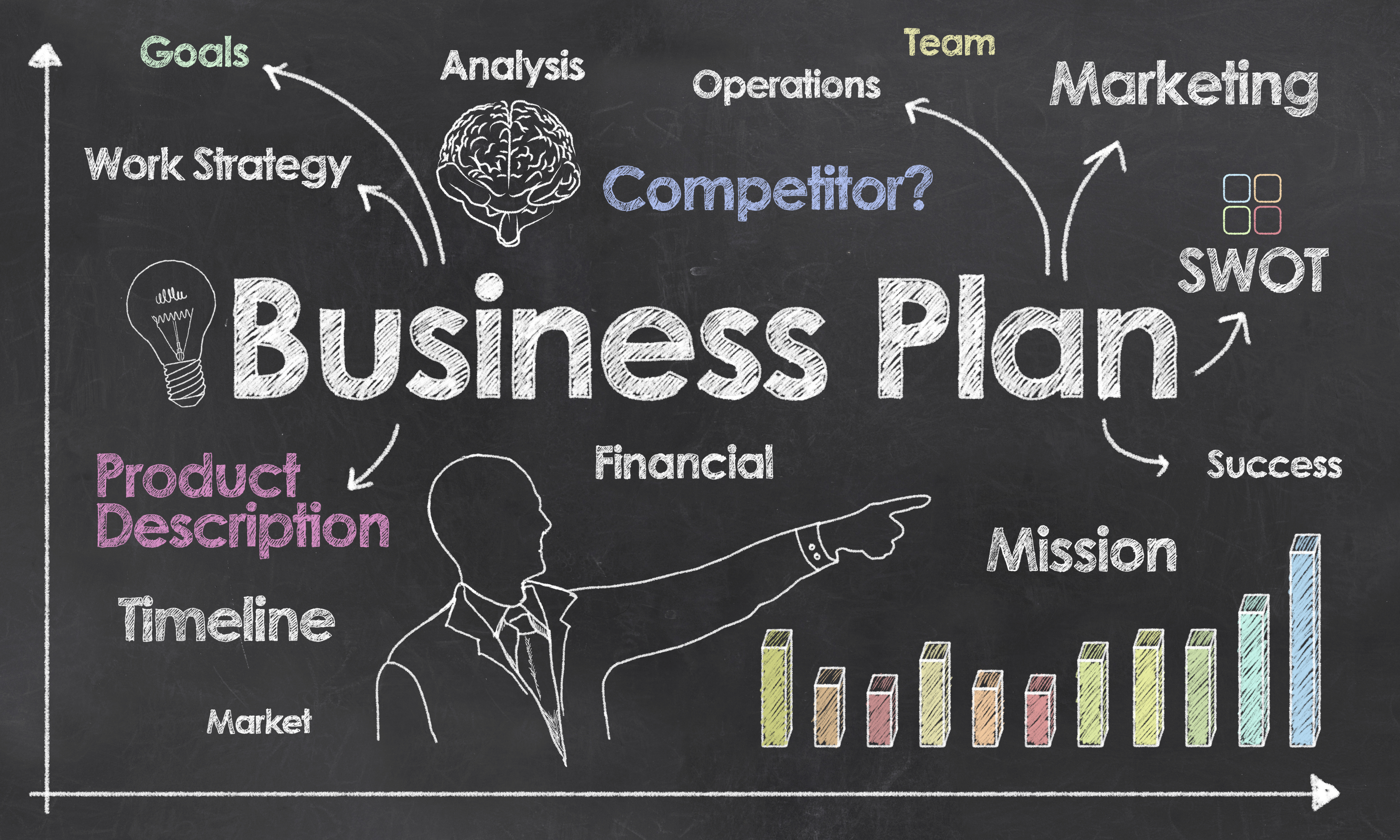Have you ever found yourself captivated by a podcast, completely absorbed in the dialogue, and wondered about the process of transcribing that conversation? You might think it’s simply about typing out what you hear, but in reality, it’s an intricate art form that demands patience, focus, and a deep understanding of the nuances of language. I vividly recall my first foray into transcription—headphones snugly in place, fingers hovering over the keyboard. Instead of feeling like work, it transformed into an exhilarating puzzle, where each word became a clue and every phrase hinted at a much larger narrative. Want to learn more about the subject? transcrever video, filled with worthwhile and supplementary data that will improve your comprehension of the subject addressed.
So, what skills set a great transcriber apart? While speed and Get Source accuracy are undoubtedly essential, having a refined ear for tone and context is equally critical. Grasping the cultural references woven through informal conversations or the industry jargon that colors professional discussions can significantly elevate the quality of a transcript. From my own experience, my background in communication and linguistics provided a solid foundation for honing these skills; there’s an indescribable satisfaction in capturing the very essence of a conversation in written form.
Investing in the Right Tools
When it comes to transcription, the right technology can truly make a world of difference. Have you ever experimented with transcription software that just didn’t mesh well with your workflow? I certainly have! A few years ago, I invested time into a program that promised to streamline my process but instead, it misinterpreted half of my dictated notes, leaving me with a mountain of revisions. That experience taught me a valuable lesson: don’t just default to the most popular software; select tools that align with your unique style and workflow.
Based on what I’ve learned, a combination of intuitive software and a reliable foot pedal can significantly enhance your success. Finding what works best for you not only makes the transcription process more efficient but can also transform it into something genuinely enjoyable.
Establishing a Workflow
Your workflow serves as the heartbeat of your transcription process. Have you ever felt that enhancing your efficiency might make your workdays feel less daunting? That’s precisely what a well-structured workflow can achieve! Perhaps, like me, you thrive on routine. Establishing a steady cycle of listening, typing, and reviewing can drastically change your approach to projects.
I’ve discovered that breaking the process into manageable segments—listening to a portion, transcribing, and then reviewing before moving on—lightens the workload and makes it feel more achievable. This method not only aids in maintaining focus but also in reducing errors. Creating a dedicated workspace that minimizes distractions can set the right tone for your work. Whether it’s a cozy corner with a warm drink or a bustling café filled with soft background chatter, consider what type of environment helps you concentrate best.

Quality Assurance Matters
No matter how adept you are at transcription, quality assurance must always be a priority. Take a moment to reflect—how often do you double-check your work? In my early days, I was too focused on deadlines, often glossing over the final review. However, I quickly realized that neglecting this vital step frequently led to misinterpretations that undermined the original intent of the dialogue.
Implementing a robust quality check system can greatly enhance your final product. Personally, I like to read through the transcript while simultaneously listening to the audio, pausing to make any necessary corrections along the way. It’s an exhaustive task, but ultimately rewarding when I see the polished outcome. What methods do you use to ensure quality? Whether it’s reading aloud or utilizing grammar-checking tools, make sure your transcripts are pristine and professional before sharing them.
Continuous Learning and Adaptation
The field of transcription is constantly evolving, and it’s essential for us—transcriptionists—to adapt alongside it. Have you kept pace with the latest trends and best practices in our industry? I’ve developed a genuine passion for ongoing learning that has significantly influenced my professional journey. Engaging in online courses, attending webinars, and participating in social media communities can provide valuable insights and practical tips.
By maintaining an open mindset and welcoming opportunities for learning, I’ve discovered numerous ways to refine my craft. Each new tool or technique I encounter has a potential place in my workflow, further improving the quality of my work. What exciting new practices or insights have you come across lately?
Networking and Building Relationships
Finally, let’s discuss the often-overlooked power of networking within the transcription industry. Isn’t it remarkable how sharing experiences and knowledge can open doors to new opportunities? I recall attending a local transcription workshop that truly shifted my career trajectory. Connecting with others who faced similar challenges made me realize I wasn’t alone in this journey.
Consider reaching out to fellow transcriptionists, attending industry events, or joining online groups. The insights and knowledge you gain from others can inspire you and introduce you to best practices that might go undiscovered on your own. Plus, the sense of camaraderie that develops along the way is genuinely uplifting, reminding you that you’re navigating this journey together with others who share your passion. Should you desire to discover more about the subject, we have the perfect solution for you. transcrever video, check out the external resource filled with additional information and insights.
